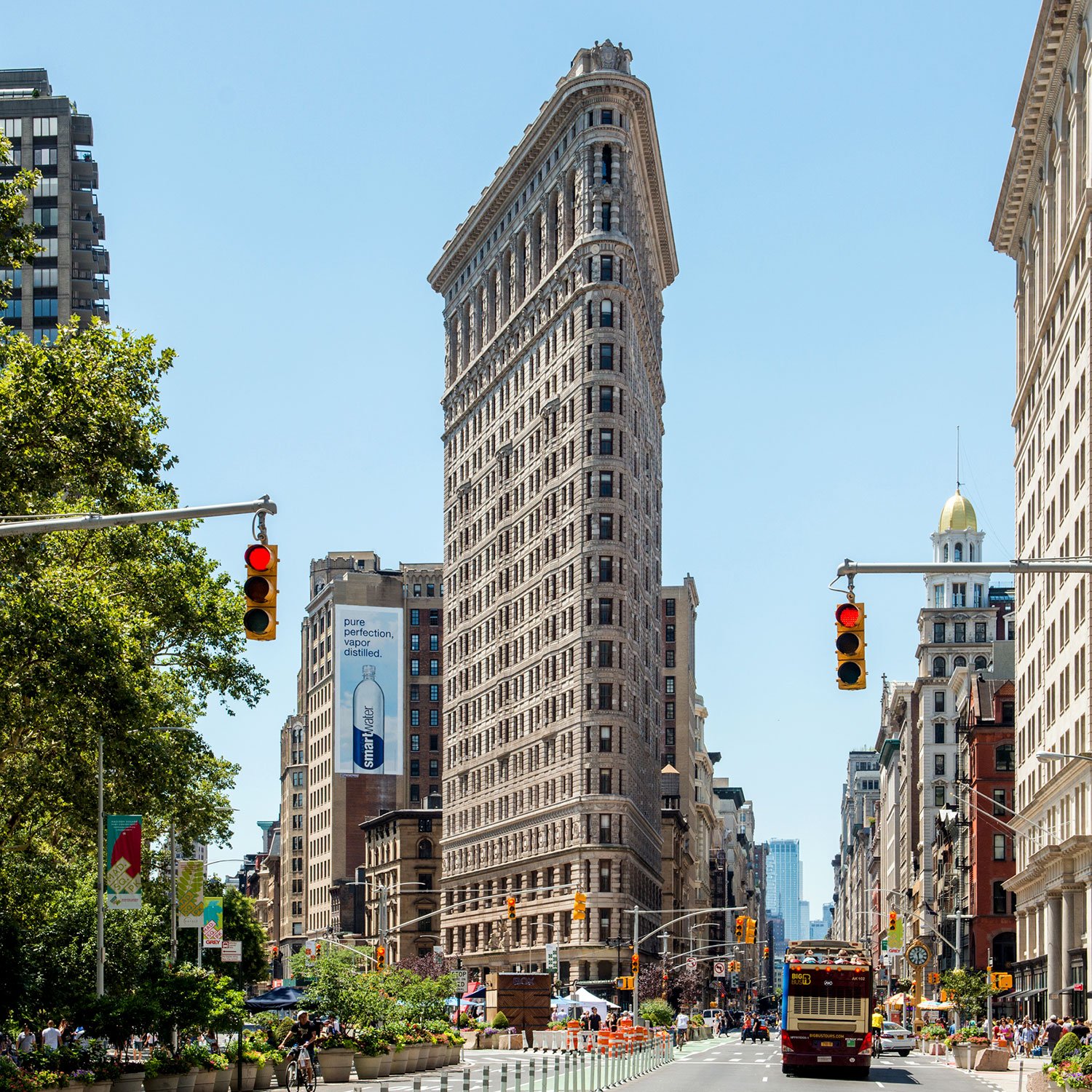
On Wednesday, an unusual bidding war erupted on the steps of a Manhattan courthouse.
New York’s iconic Flatiron Building has been the subject of years of contentious litigation among its co-owners, leading to a court-ordered auction. After a flurry of bids, an outside challenger, Jacob Garlick, partner of the venture fund Abraham Trust, paid $190 million for the landmark at 175 Fifth Avenue. Garlick’s opponent in the auction, Jeffrey Gural, chairman of GFP Real Estate, had a leg up as partial owner of the building, but lost out after about 40 minutes of sparring in front of the courthouse.
The sale was the culmination of a long-standing disagreement between the building’s stakeholders, primarily between Gural and the building’s majority interest holder, Nathan Silverstein. Atypically, each party had veto power over every building decision and used it often, leading to disruptions in normal operations. Several lawsuits later, they found themselves at an expensive stalemate, and with a vacant building. Therefore, the court stepped in to impose an auction in an effort to find a single owner.
Though he placed the winning bid, Garlick still has some stringent financial obligations to meet before he can take possession of the Flatiron. If he fails to put down a 10 percent deposit ($19 million) by Friday, Gural’s group will have the right to buy the property outright. If they opt out, the building could go back to the auction block. Even with the deposit, Garlick only has another 10 days to come up with the remaining 90 percent of the purchase price.
Early image of the Flatiron Building, located on Fifth Avenue, Broadway, and 23rd Street in New York City. Photo by General Photographic Agency/Getty Images.
One element that is not disputed is the Flatiron’s illustrious history. The triangular-shaped structure resembling an iron was a pioneering skyscraper when it was designed by architect Daniel Burnham and completed in 1902, an instant marvel of engineering. Located in the heart of Manhattan at the intersection of Fifth Avenue and Broadway, it is one of the most iconic buildings in New York City, a symbol of the city’s economic might in the 20th century.
The building’s distinctive design, with its elegant curves and decorative limestone facade, made it a favorite subject of photographers and artists alike. Alfred Stieglitz‘s famous photograph The Flatiron (1903) is perhaps the most celebrated image of the building. That work, which shows the landmark from an unusual angle, captures the sense of modernity and dynamism that it represented at the time. In addition, the building was depicted in urban scenes of New York by artists Childe Hassam and John Sloan.
The Flatiron building continued to inspire artists and photographers in the mid-20th century, among them Berenice Abbott, who documented New York City’s changing skyline in the 1930s, and Edward Hopper, who depicted the building’s interior in his 1940 painting Office at Night.
Over the years, the building has been featured in countless films, TV shows, and advertisements, cementing its status as an enduring icon of American architecture.